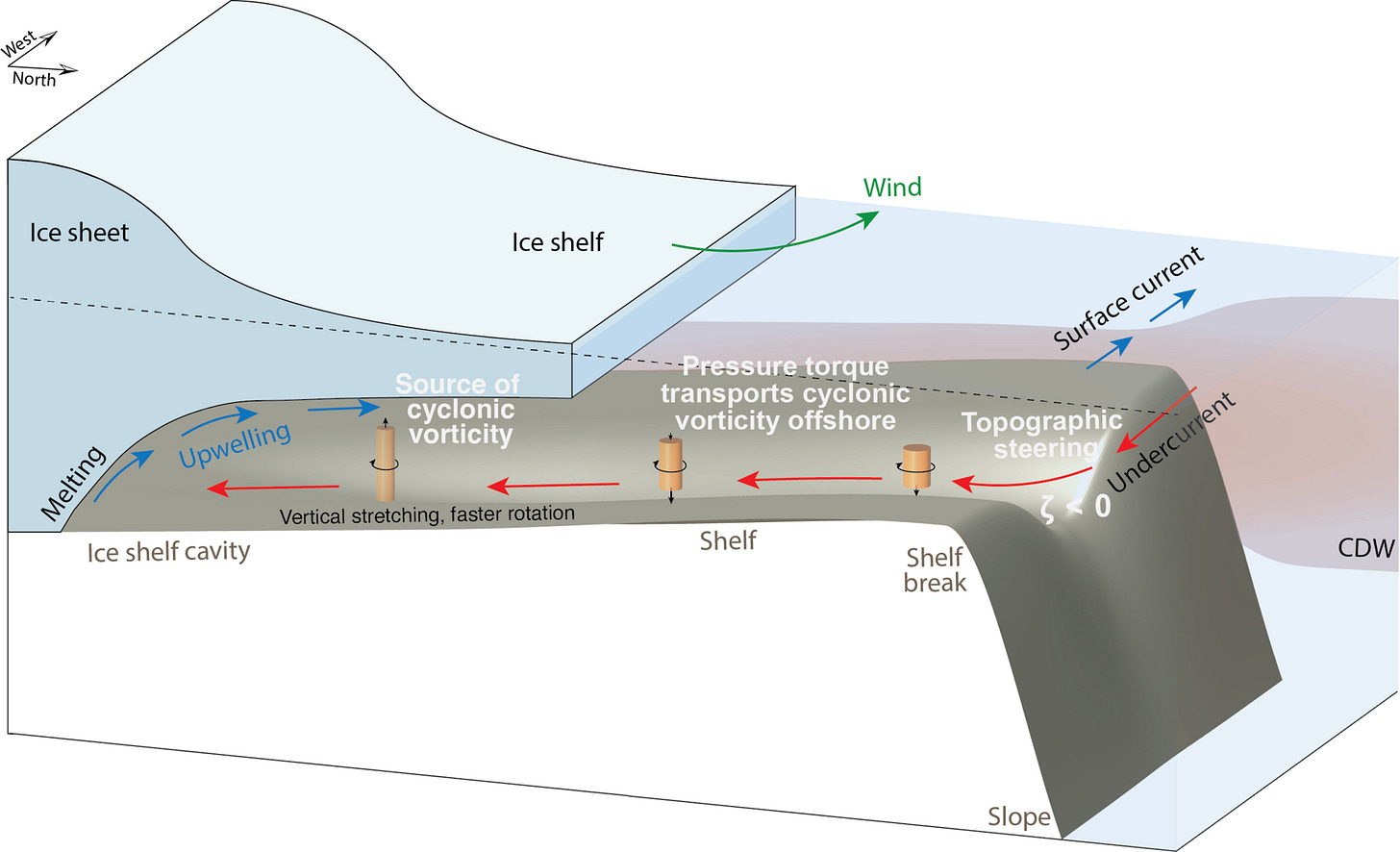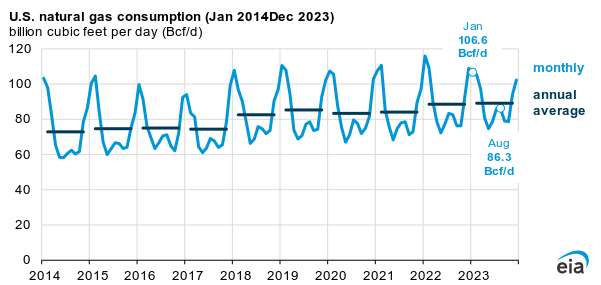Quick takes and random stuff, April 25, 2024
Interesting stuff for the curious
How hot was March 2024?
According to NOAA
March 2024 was the warmest March on record for the globe in NOAA's 175-year record. The March global surface temperature was 1.35°C (2.43°F) above the 20th-century average of 12.7°C (54.9°F). This is 0.01°C ( °F) warmer than the previous March record set in 2016, and the tenth consecutive month of record-high global temperatures. March 2024 marked the 48th consecutive March with global temperatures, at least nominally, above the 20th-century average.
Here is the graph for March.
As you can see, March 2024 is a record for March, and while El Niño may be slowing down, it is still having an impact. Here is the all-month graph. By simply estimating from the graph, we might expect El Niño to be active for a couple of months and that April will be a warm month, but the deviation will likely be a little less than that for March. Check back next month to see if I’m right.
Graph of the week: A feedback loop for melting ice
I tend to find feedback loops interesting, and this one comes from the paper Antarctic Slope Undercurrent and onshore heat transport driven by ice shelf melting (4/17/2024). Here is the abstract:
Elevated ice shelf melt rates in West Antarctica have been attributed to transport of warm Circumpolar Deep Water (CDW) onto the continental shelf via bathymetric troughs. These inflows are supplied by an eastward, subsurface slope current (referred to as the Antarctic Slope Undercurrent) that opposes the westward momentum input from local winds and tides. Despite its importance to basal melt, the mechanism via which the undercurrent forms, and thus what controls the shoreward heat transport, remains unclear. In this study, the dynamics of the undercurrent are investigated using high-resolution process-oriented simulations with coupled ocean, sea ice, and ice shelf components. It is shown that the bathymetric steering of the undercurrent toward the ice shelf is driven by upwelling of meltwater within the ice shelf cavity. Increased basal melt therefore strengthens the undercurrent and enhances onshore CDW transport, which indicates a positive feedback that may accelerate future melt of ice shelves, potentially further destabilizing the West Antarctic Ice Sheet.
The abstract may be more helpful in understanding the feedback loop, but if you want a more technical description, here is the caption.
Elevated ice shelf melt rates in West Antarctica have been attributed to transport of warm Circumpolar Deep Water (CDW) onto the continental shelf via bathymetric troughs. These inflows are supplied by an eastward, subsurface slope current (referred to as the Antarctic Slope Undercurrent) that opposes the westward momentum input from local winds and tides. Despite its importance to basal melt, the mechanism via which the undercurrent forms, and thus what controls the shoreward heat transport, remains unclear. In this study, the dynamics of the undercurrent are investigated using high-resolution process-oriented simulations with coupled ocean, sea ice, and ice shelf components. It is shown that the bathymetric steering of the undercurrent toward the ice shelf is driven by upwelling of meltwater within the ice shelf cavity. Increased basal melt therefore strengthens the undercurrent and enhances onshore CDW transport, which indicates a positive feedback that may accelerate future melt of ice shelves, potentially further destabilizing the West Antarctic Ice Sheet.
Issues with rooftop solar
The title of this Washington Post article seems a bit ironic: Rooftop solar panels are flooding California’s grid. That’s a problem. As electricity prices go negative, the Golden State is struggling to offload a glut of solar power (4/22/2024).
California’s rooftop solar is so effective, they have to pay people to use the electricity, or really just waste it. As you can see in their graph, which they got from the EIA, in 2023 the net load (essentially demand once solar and wind are removed) goes below zero.
How could that be bad? To encourage rooftop solar, CA would pay “$0.20 to $0.30 for each kilowatt-hour of electricity” generated by the solar panels a homeowner installed. If the electricity can’t be sold, this is a loss, so they changed the laws to “only compensate new solar panel owners for how much their power is worth to the grid.”
Well, this, of course, has slowed down the installation of rooftop solar. “The change has sparked a huge backlash from Californians and rooftop solar companies, which say that their businesses are flagging.” Note that this is the rule for new owners. In other words, rich people who could install solar panels first got the best deal, and everyone else now gets a worse deal.
Of course, “Some state politicians are now trying to reverse the rule.” but this makes no sense since it is fiscally irresponsible to pay for something the state can’t use. Now CA has this dubious honor:
“Under the CPUC’s leadership California is responsible for the largest loss of solar jobs in our nation’s history,” Bernadette del Chiaro, the executive director of the California Solar and Storage Association, said in a statement referring to California’s public utility commission.
Over time, all of this will get worked out, most likely, but maybe we should think through these incentives a little more clearly before enacting them.
From the gardens
Flowering quince, more daffodils, fritillaria, and another view of the marsh marigolds.




In other renewable issues
The size of Washington State’s largest wind farm just got cut by 50% (4/18/2024). Here again, we have environmentalists against environmentalists.
The original plan was for the project to feature 244 wind turbines across 24 miles of hills, and three solar farms over 5,447 acres south of the Tri-Cities, near the Oregon border.
But Horse Heaven has been stuck at the permitting stage with the seven-person Energy Facility Site Evaluation Council (EFSEC) for the last three years. Yesterday, the EFSEC voted 5-2 in favor of a rule stating that new wind turbines could not be located within two miles of the nests of endangered ferruginous hawks.
This ruling effectively cuts the proposed number of turbines in half. Now, I’m not purposely trying to be snarky here or with California above. The problem is that wind and solar require lots of space. This is in itself a problem since issues like this are going to arise. Presumably, this will get harder and harder I imagine that the projects that are easier to install happen first, and later projects will become increasingly difficult. In other words, we aren’t running the country or world on wind and solar anytime soon.
Data center update
9 million sq ft data center campus proposed in Virginia’s King George County. Potomac Development Group planning 500-acre campus near Dahlgren (4/16/2024). I know, a weird obsession, but seriously, every time you see another planned data center, there is a whole bunch of electricity that needs to get generated.
IEA (fantasy?) predictions
The IEA has a Global EV Data Explorer (updated 4/23/2024) and here is the graph for projected EV car sales in the U.S.
In two years, they predict new car sales that are EVs will double to 20%. In six years, EV sales will break 50% of all car sales, and in 11 years, it will be over 70%. If you are a regular reader, you’ll note that Ford is losing money on EV truck sales (I know, not a car, but still a bad sign), and Gallup reports that even Democrats are less interested in buying an EV. I’d happily bet against these predictions.
Meanwhile...
The EIA reports another record year for natural gas. (4/23/2024)
The spinning CD
Please share and like
Please help me find readers by forwarding this article to your friends (and even those who aren't your friends), sharing this post on social media, and clicking like. If you're on Twitter, you can find me at BriefedByData. If you have any article ideas, feedback, or other views, please email me at briefedbydata@substack.com.
Thank you
In a crowded media market, it's hard to get people to read your work. I have a long way to go and I want to say thank you to everyone who has helped me find and attract subscribers.
Disagreeing and using comments
I'd rather know the truth and understand the world than always be right. I'm not writing to upset or antagonize anyone on purpose, though I guess that could happen. I welcome dissent and disagreement in the comments. We all should be forced to articulate our viewpoints and change our minds when we need to, but we should also know that we can respectfully disagree and move on. So, if you think something said is wrong or misrepresented, then please share your viewpoint in the comments.








